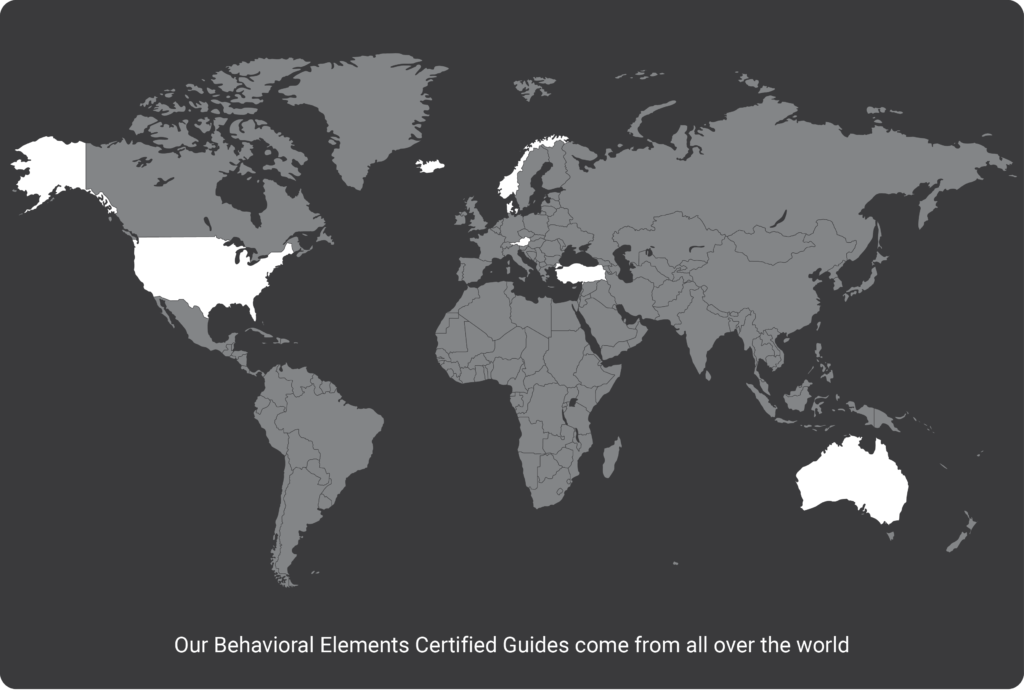What makes the difference between a high performing team and a dysfunctional one? In a single word answer, behavior. Organizational behavior is a product of individual behaviors from the ground floor to the c-suite. When people choose to behave intelligently, the organization thrives. When they don’t, well, we have all seen the repercussions of poor behavior and the outcomes that they generate. But how can we better understand the behaviors? How can we predict them? How can we influence the people to behave in ways that produce the results that we desire? How can we control and manage our own behaviors inside the organizational culture? In a one-word answer again, training.
I will share a story of an organization that we worked with long ago. It was full of absolutely brilliant minds, strong personalities and rife with shitty behaviors. They perpetually were finding themselves over budget, under-delivering, and so full of conflict it made the UFC look tame. It was as though they had all of the talents to be successful but could not find the path to get out of their own way.
The first action we took was to listen and observe. It was a short experiment, as it became painfully obvious that they were oblivious to the self-sabotaging behaviors that generally made up each and every day. Some of the team members were hyper-competitive, causing them to withhold critical information, pad their results, and shift the blame on other departments. Some of the team members were exceptional at developing new ideas, products, and solutions, but when it came time to implement, the attention to detail was absolutely abysmal. Another set of team members could not get past the minutia and would get mired in history and policy. Another group of members wanted peace and calm so badly, they would enable other team member’s poor behavioral choices. Described in a word, catastrophe comes to mind.
We decided to offer them the Behavioral Elements training. We knew that they had very little understanding of their own behaviors and how that was contributing to the overall culture. As we progressed into the training, it was as though a light turned on inside the room. They started to see their own preferences and how they relied on specific patterns, those patterns prompted reactions, those reactions prompted conflict, and down the spiral, the team devolved. Once they started to understand the genesis of these behavioral patterns, we began to focus the training on simple, actionable behavioral modifications that would mitigate the conflicts before they become detrimental. We supported them with individual, team, and organizational actions that they started using that very day. It was a long road, as a culture change always is, but here we are several years later and the organization has found its footing and started thriving.
Training your team and empowering them with a better understanding of their own behavior is one of the best investments an organization can make. I often use the analogy of a high-performance vehicle. When all of the parts are working properly and coordinated, the vehicle operates effectively and efficiently. However, if the engine, the wheels, and the chassis all functioned as though they were in business for themselves, we would see the results described in a single word…crash.







